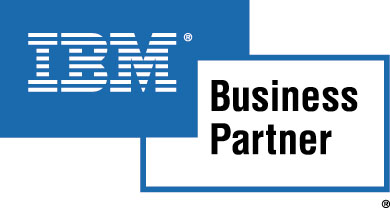 |
|||||||||
|
|||||||||
tcVISION
tcVISION – DRDA
DRDA for DB2 LUW in Unix, Linux, Windows tcVISION uses the DRDA protocol as output media if the target database is a DB2 LUW system that does not exist on a mainframe (i.e. WINDOWS, UNIX/LINUX/Linux on System z). For synchronization with a mainframe based DB2, a direct communication via DB2 is supported. The usage of DRDA allows for a fast and easy implementation with a DB2 LUW target-system. Highlights
tcVISION – ORACLE Implementation of changed mainframe data into ORACLE via OCI, ODBC and Oracle Loader tcVISION offers different methods to implement changed mainframe data directly into an ORACLE database:
All tools needed to create, maintain and process an ORACLE database can be used from the tcVISION Control Board. The Change Data Capture function of ORACLE (ORACLE Stream) together with tcACCESS can be used to implement a bidirectional synchronization with a mainframe resource. Highlights
tcVISION – ODBC Changed Data Propagation via ODBC The change data from the mainframe that has been processed can be propagated into any target system that supports ODBC. This allows for a flexible processing that is independent of the actual target system. All tools needed to create, maintain and process an ODBC data source can be used from the tcVISION Control Board. Highlights
* requires the installation of a UNIX ODBC Manager (i.e. UNIXODBC) © 2022 aMod. All Rigths Reserved. |